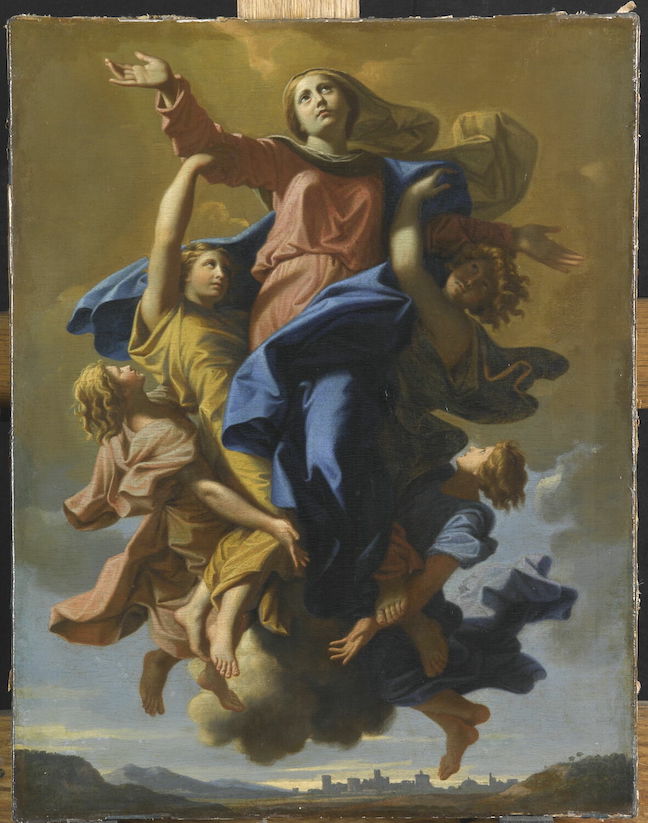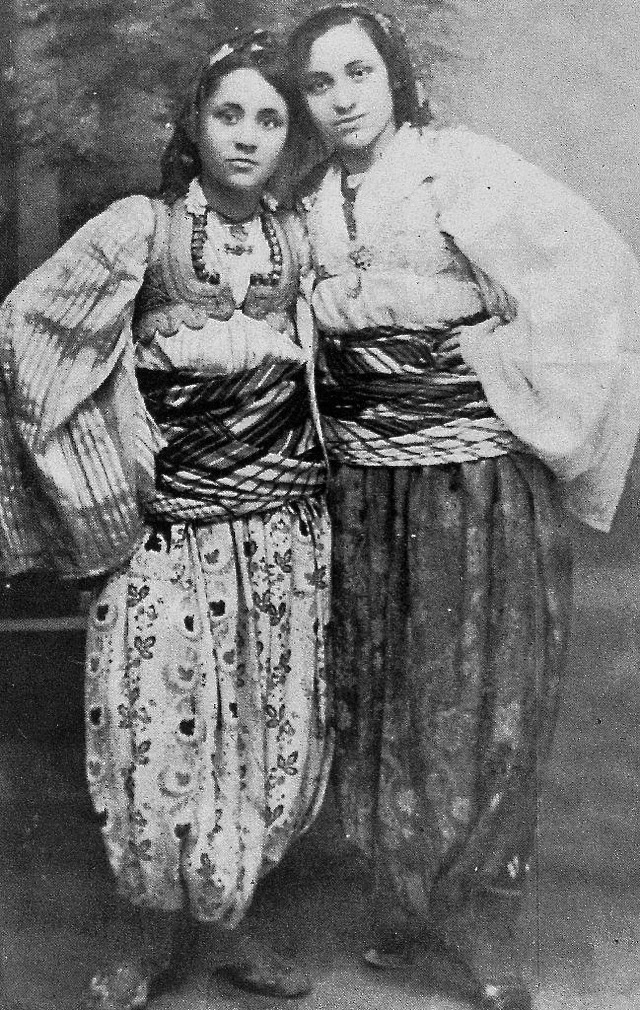In several nations, besides colorful processions, festivals, and fireworks associated with the Feast of the Assumption (or Dormition) of Our Lady, there’s also a longstanding tradition of blessing the summer harvest and thanking God for the abundance. In Germany, the blessing of herbs specifically points to the bounty Mary gave and received in Jesus: as Isaiah predicted “a shoot shall sprout from the stump of Jesse, and from his roots a bud shall blossom.” (Isaiah 11:1)
Mary was the first disciple of Jesus, the handmaid of the Lord (Luke 1:38), and after Mary an abundance of disciples sprang up – including St. Mother Teresa of Kolkata, who had a very special connection to Mary. Her religious vocation, which she received 100 years ago today, on the Feast of the Assumption, was a special gift from Mary, and proved very fruitful.
On the afternoon of August 15, 1922, when Gonxhe Bojaxhiu (her given name) was immersed in prayer, kneeling in front of the statue of Madonna and Child. The twelve-year-old girl felt for the first time that the Lord was calling her in a special way. She was to be consecrated to Him. So, in Letnicë, near Skopje, while praying fervently in the sanctuary of Our Lady, the religious journey started for the future St. Mother Teresa.
The Catholic families of Skopje, including the Bojaxhius, had a special devotion to Our Lady of Letnicë in Kosovë. In August, in celebration of the Feast of the Assumption, the Bojaxhius made their yearly pilgrimages to the shrine of Our Lady of Letnicë, an imposing whitewashed church amid the mountains in the tiny hamlet. The pilgrims went on foot, in groups, praying and singing along the way.
According to local tradition, the 700-year-old statue of the Black Madonna of Letnicë had miraculously traveled from Skopje (Mother Teresa’s birthplace), crossed the Karadak Mountains, and arrived at the church in Letnicë. The legend goes that the statue was found by locals, hidden under a big tree, and was thus saved from being profaned by the Muslims.
So great was the veneration of the Black Madonna, that no one – not even the Muslims who ruled the country for almost 500 years – could touch her or take away the gifts people brought to her sanctuary.

Our Lady had appeared three times in Letnicë, urging the faithful to build a shrine. Orthodox, Muslims, Serbs, Croats, Albanians, and Roma “mixed pilgrims” have all venerated the Black Madonna of Letnicë over the centuries, and the shrine continues to be a bridge-builder and forger of unity – a place of encounter and dialogue among people of different ethnicities and religions.
The Black Madonna of Letnicë is the only one of its kind in the Balkans, while there are more than 450 Black Virgins venerated in churches in France, Croatia, Slovenia, Austria, Poland, Ecuador, Lithuania, Spain, and beyond.
Gonxhe’s dedication to Mary ran deep. At an early age in Skopje, she became a member of the Congregation or Sodality of Mary, a youth group in her parish established by the Croatian Jesuits and named after the Sacred Heart of Jesus. The sodality encouraged its members to model Our Blessed Mother in their lives. This entailed trust and character-building, steadfastness, humility and prayer, unquestioning faithfulness, and never running away from difficulties – following in the footsteps of Mary who stood firm near her Son’s Cross at Calvary.
She turned continually to Mary with great love and affection like a child would do to a mother. She joined the Irish order of the Sisters of Our Lady of Loreto or Sisters of Loreto, in memory of the town of Loreto in Italy, to which, according to tradition, the Holy House of Nazareth was raised from its foundations in Nazareth and transported by angels across the Mediterranean – from Palestine to Dalmatia, across the Adriatic Sea and to Loreto.
Additionally, Gonxhe took for her religious name, Sr. Mary Teresa of the Child Jesus, after St. Thérèse of Lisieux; spiritual intimacy with Mary was a lifelong commitment for Mother Teresa, a Mary-hearted and Mary-guided woman.
Mary’s spirit, and Her Immaculate Heart, became the heart and the spirit of the Missionaries of Charity Society, the order Mother Teresa founded. Many people who know of and admire Mother Teresa are familiar with her work in India. But the heart of her commitment to the very poor and dying is rooted in her relationship with Mary, which started in the peripheries of the Balkans.
Mother Teresa’s dictum “to Jesus through Mary” was divided into three successive states of soul: loving trust, loving surrender, and loving cheeriness. She saw these three spiritual stages as an extension and participation in Our Lady’s Spirit. “Love her as He loved her; be a cause of joy to her as He was; keep close to her as He kept; share with her everything, even the Cross, as He did when she stood near the Cross on Calvary,” as Mother Teresa would write in the Rules of Sisters of Charity later in her life.
On this Feast of the Assumption, it is fitting that we should honor the Blessed Mother, recognizing her life-giving love of Jesus and her care for us today. May her continual intercession and example of faithful love continue to inspire vocations, like that of St. Mother Teresa, of which Our Lady was Mediatrix a century ago.

*Image: The Assumption (L’Assomption) by Nicolas Poussin, 1649/1650 (Louvre, Paris)
You may also enjoy:
Benedict XVI’s On the Assumption
Brian G. Svoboda’s The Assumption of the Virgin















